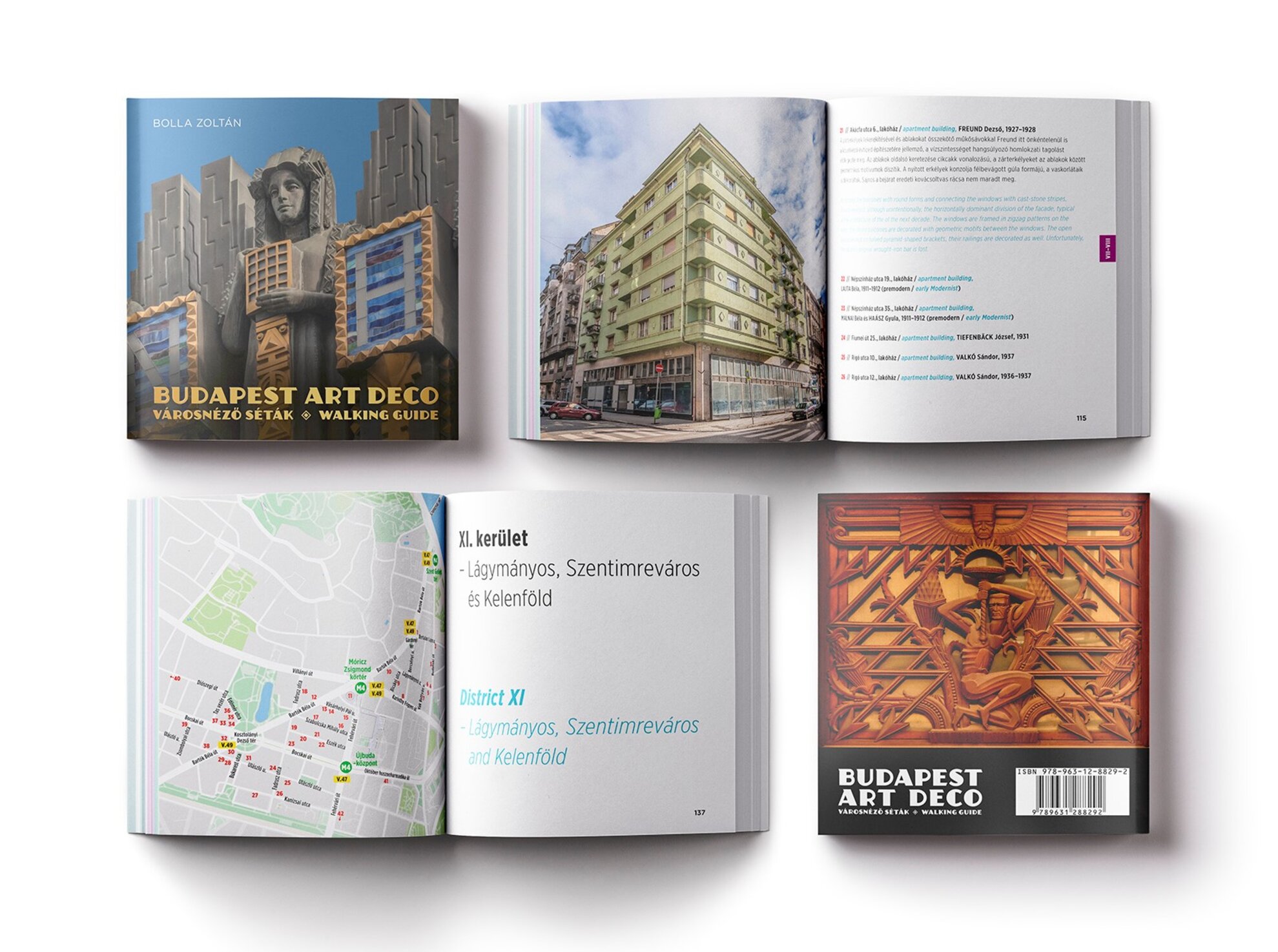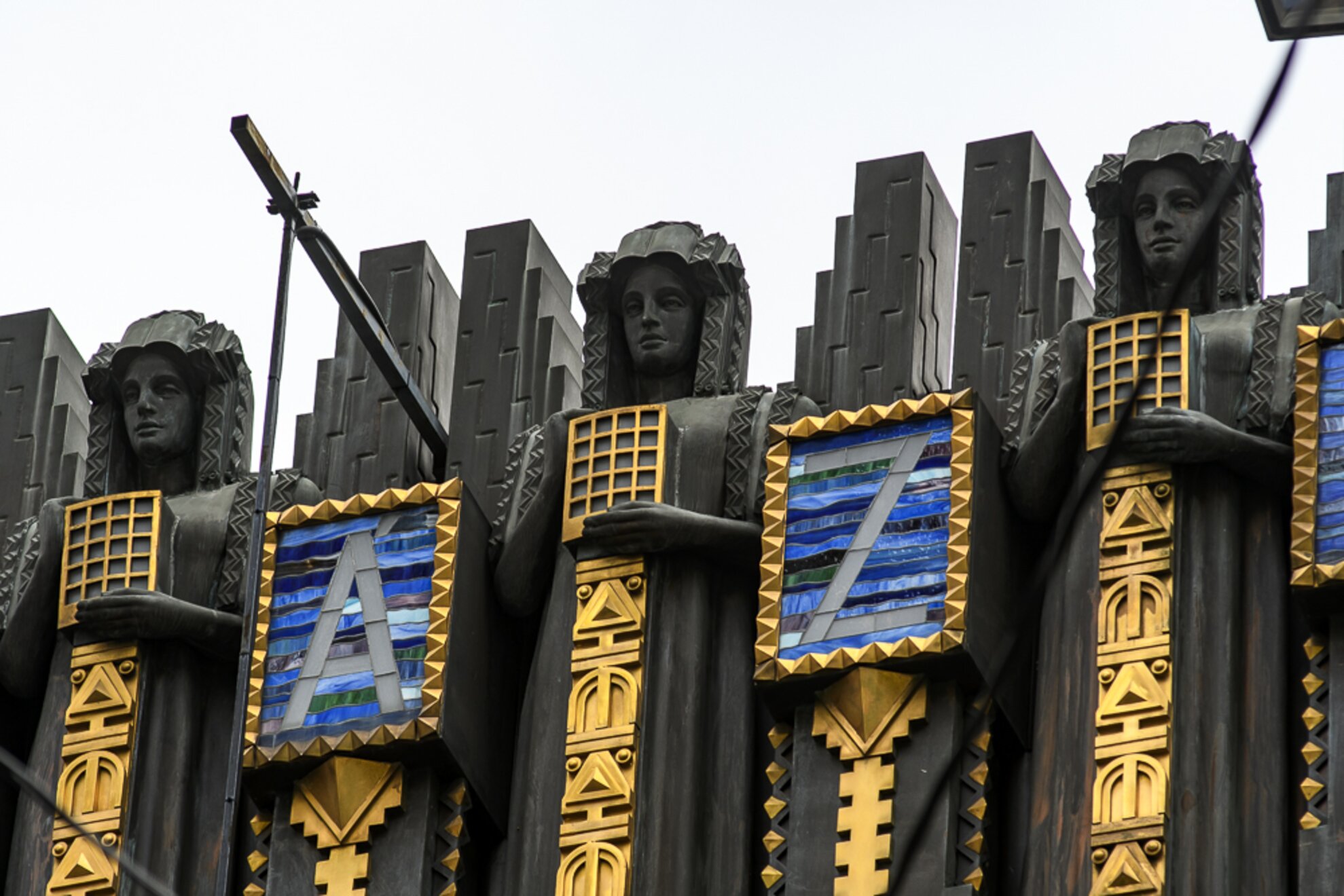Anyone who keeps their eyes peeled while navigating Budapest will soon see that an amalgam of architectural styles defines the cityscape, including Art Nouveau, Gothic, Baroque, and contemporary forms. While some of the intricate building designs usually turn the heads of passersby, other edifices feature subdued designs, including many of Budapest’s Art Deco edifices. Now we can easily explore them with a freshly published city guide highlighting a bouquet of architectural attractions in varied Budapest districts. Best of all, the book is complete with lots of English-language descriptions.
By drawing attention to Budapest’s Art Deco treasures in different city districts, this freshly published walking guide prompts readers to look up while traversing Budapest to immerse into the stunning edifices that tower above the streets. From apartment blocks to key cultural establishments to industrial plants, the publication maps 200 urban sites and provides brief descriptions about each destination, while colorful images illustrate many of the featured landmarks.

Once associated with luxury and glamour, besides marking a new direction in architecture, Art Deco also had an impact on the fashion and film industry in the early 20th century, while its elements were even used in poster arts. Art Deco’s key components are represented through zigzag patterns and dramatic geometric forms, while ancient tribal symbols were also implemented in this progressive art style that left monumental marks around the world, from the United States to Europe to Asia. The Budapest Art Deco Walking Guide embraces some of the most outstanding examples of Art Deco buildings in the Hungarian capital: the New Theater on District V’s Paulay Ede Street with its Oriental-style gilded façade, downtown’s brick-coated transformer station on Markó Street, the Jewish Community Center on Wesselényi Street, Corvin Cinema, and the striking control room of the Kelenföld Power Plant all bear Art Deco elements.

The author of this stimulating paperback, graphic designer and arts aficionado Zoltán Bolla, created this publication to provide self-guided walking tours that last two to three hours within the included precincts in the Magyar metropolis. The starting and ending points of the tours are found between different metro stations that can be easily reached from Budapest’s Deák Ferenc Square, while the buildings found in the city’s suburban zones are also accessible by public transport.

With its handy district maps that pinpoint the way to the highlighted sights, the book is a useful tool to navigate urban dwellers to Art Deco landmarks, and the short English-language descriptions make this city guide an easy-to-use compass for foreign visitors, but history buffs and architecture aficionados may end up craving more details beyond the minimal information included in the book while standing in front of some of the featured landmarks.




